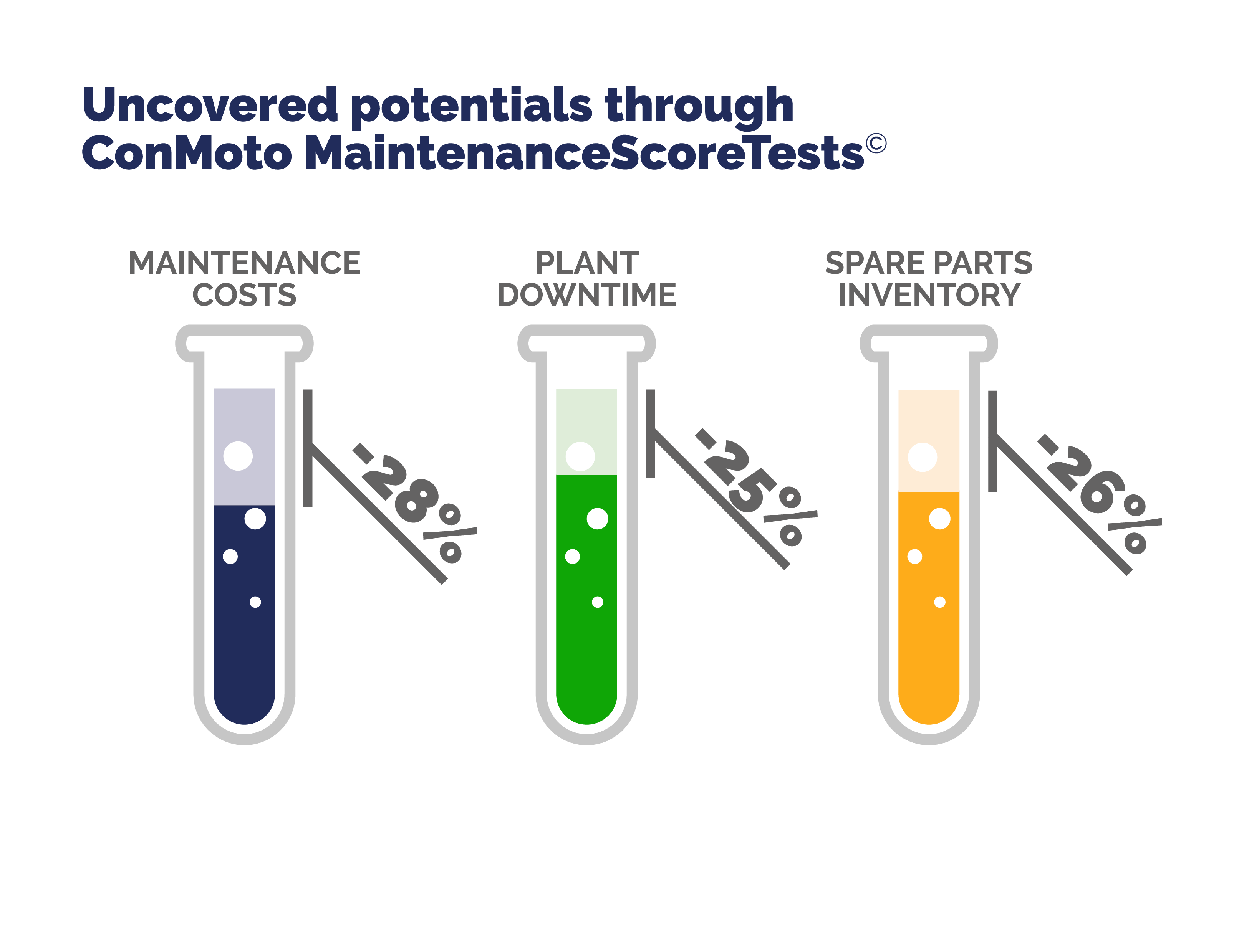In asset-intensive industries such as the chemical industry, more than 60 percent of production costs depend directly or indirectly on the efficiency of maintenance. That’s why successful companies pay special attention to maintenance. This is also true for a leading manufacturer of specialty plastics, which commissioned ConMoto to align and optimize its maintenance processes following a restructuring.
Based on an analysis of the maintenance data and a definition of the key performance indicators, the project started at three locations with cross-functional analysis workshops, which included as a core element the ConMoto MaintenanceScoreTest© that compares results to best practice qualitative and quantitative scores. These workshops were supplemented by in-depth analyses to evaluate external services, the structure of the IT systems used and the organizational structure. With the help of these results, the project team defined the focal points for action in maintenance and further focal points and measures along the implementation process.

The potential analysis included the key performance indicators and forecast the potential of the individual measures. At the sites, potential savings in maintenance costs of six to 28 percent and a possible reduction in plant downtime of up to 25 percent were revealed. Optimizing the maintenance strategy and optimizing inventory management can reduce spare parts inventories by up to 26 percent and also have a positive impact on plant reliability. Revision optimization and the implementation of investment projects also showed considerable savings potential, which can be leveraged by optimally supporting maintenance processes with improved IT systems.
Cross-site solutions and maintenance capacity and schedule planning
It became clear at an early stage that the implementation measures would also lead to cross-site solutions that would release synergies. A key issue at all sites was the development of new processes, especially for capacity and schedule planning for maintenance orders. While the work preparation departments were already processing the maintenance orders, work schedules, planned times, capacity planning and workload analyses were not being used. The optimization project integrated these elements to significantly enhance order management and deploy staff efficiently. Maintenance services were also re-evaluated at all sites: What is the core competence? Which services can be provided more cost-effectively and productively by service providers? It became clear that the development of in-house expertise is becoming increasingly important in order to reduce dependence on external service providers for central maintenance tasks (maintenance, inspections, analyses, programming of control systems). Sub-projects were launched at all sites and coordinated with the responsible parties across all sites. This mainly involved adjustments to the maintenance software, which was a key element in optimizing maintenance order management.
Some of the new processes required adjustments to roles, tasks and responsibilities. In this context, it was important to qualify employees operationally in order to be able to fulfill the new roles and responsibilities in the best possible way. This was already taken into account when defining the implementation concepts. The ConMoto consultants supervised the customer’s employees remotely and trained and supported them. The focus was on the order management process in maintenance. These highly specialized functions are now linked via pre-planning in order to coordinate common tasks more optimally: An integrated work preparation system acts as a hub for many routines and coordinates all steps.
Successful employee training, more efficient maintenance processes and methods
By the beginning of 2021, the new processes and methods have been implemented, employees have been qualified in the new processes and methods to ensure sustainability. In the meantime, all sub-projects are being successfully implemented in the divisions. The maintenance key figures show the expected positive changes. The potential for reducing disruptions and optimizing maintenance was clearly exceeded at one site, while the expected potential was confirmed at the other sites. After the support and qualification by ConMoto, the customer can now continue the project on its own and achieve the set goals.



 Deutsch
Deutsch